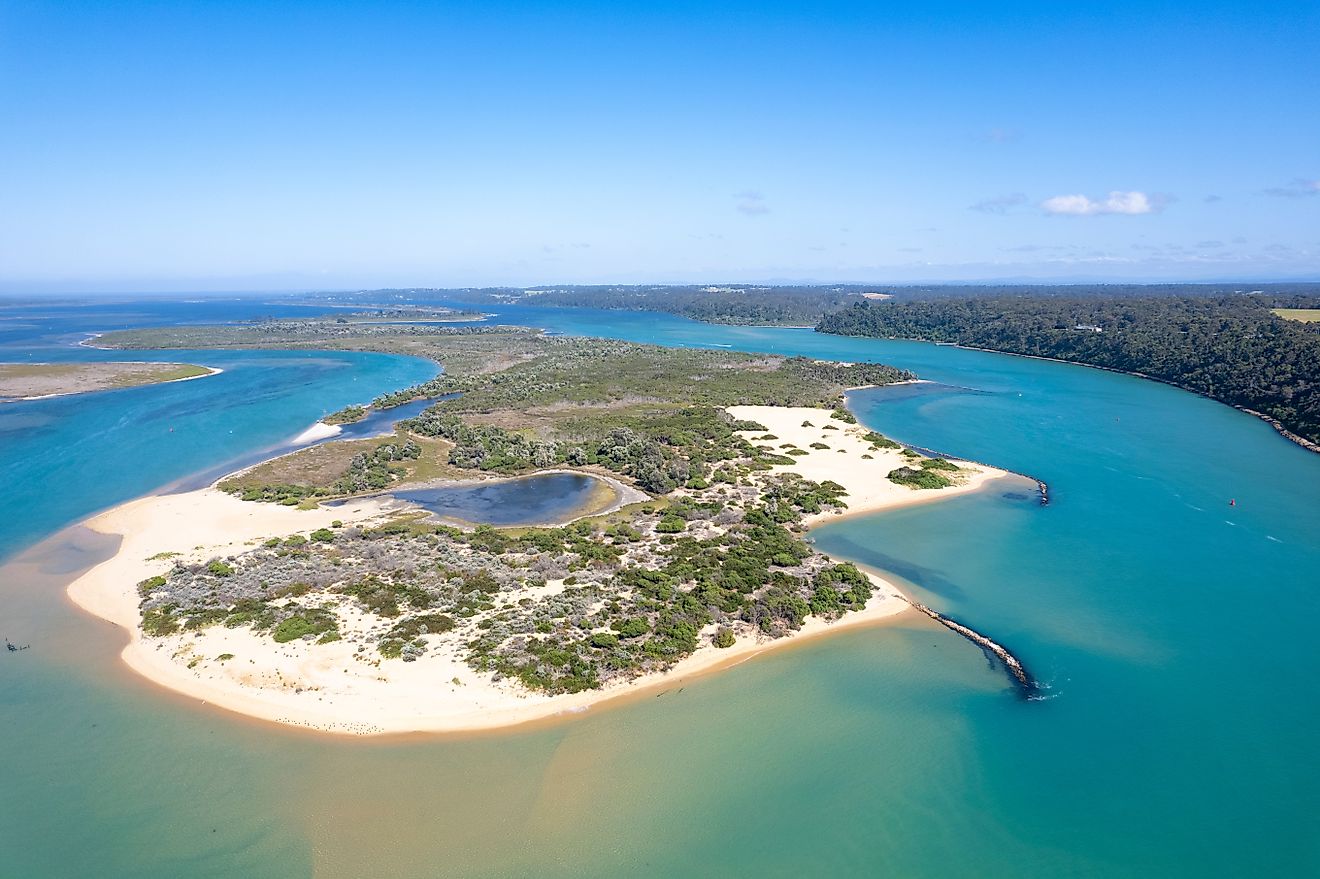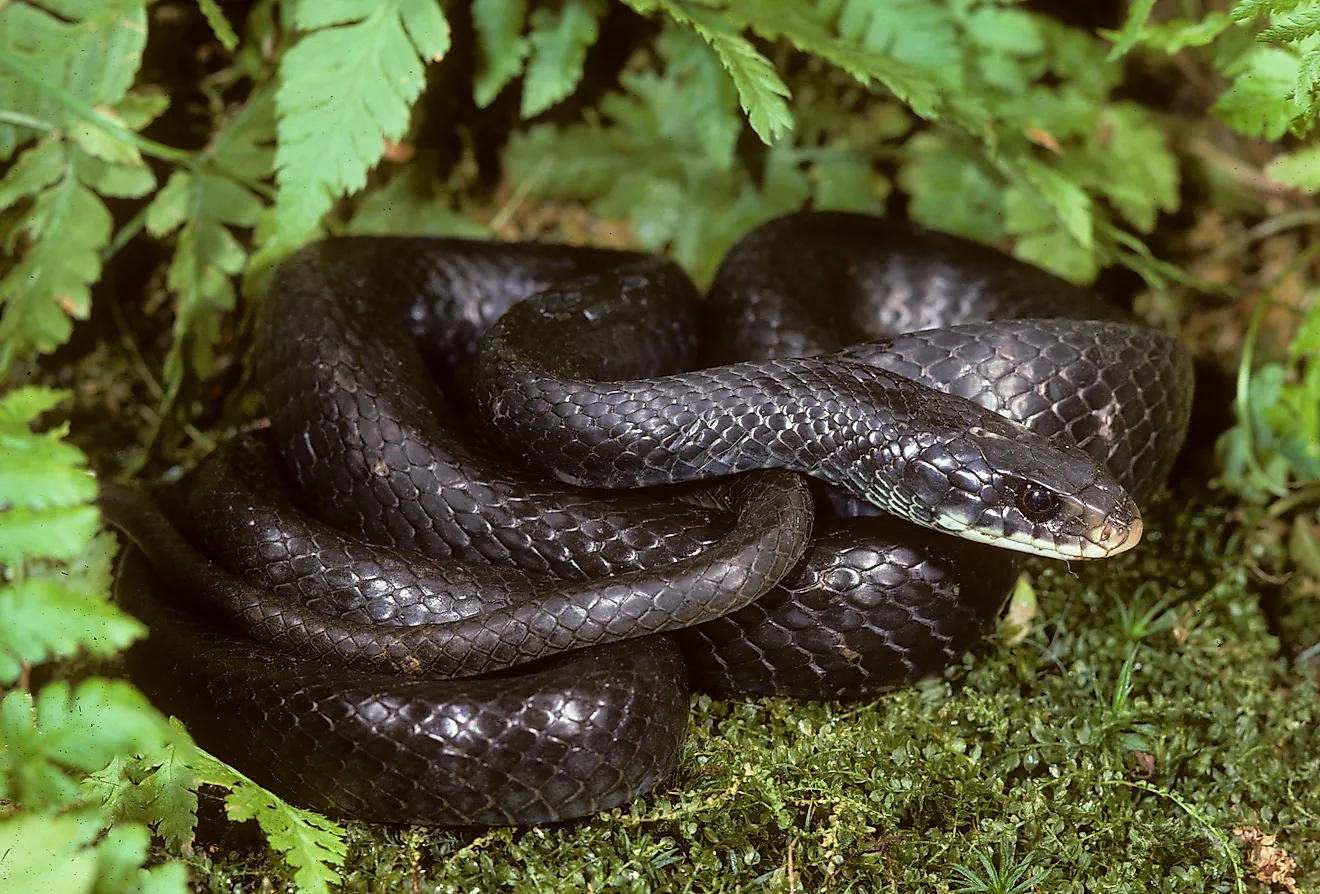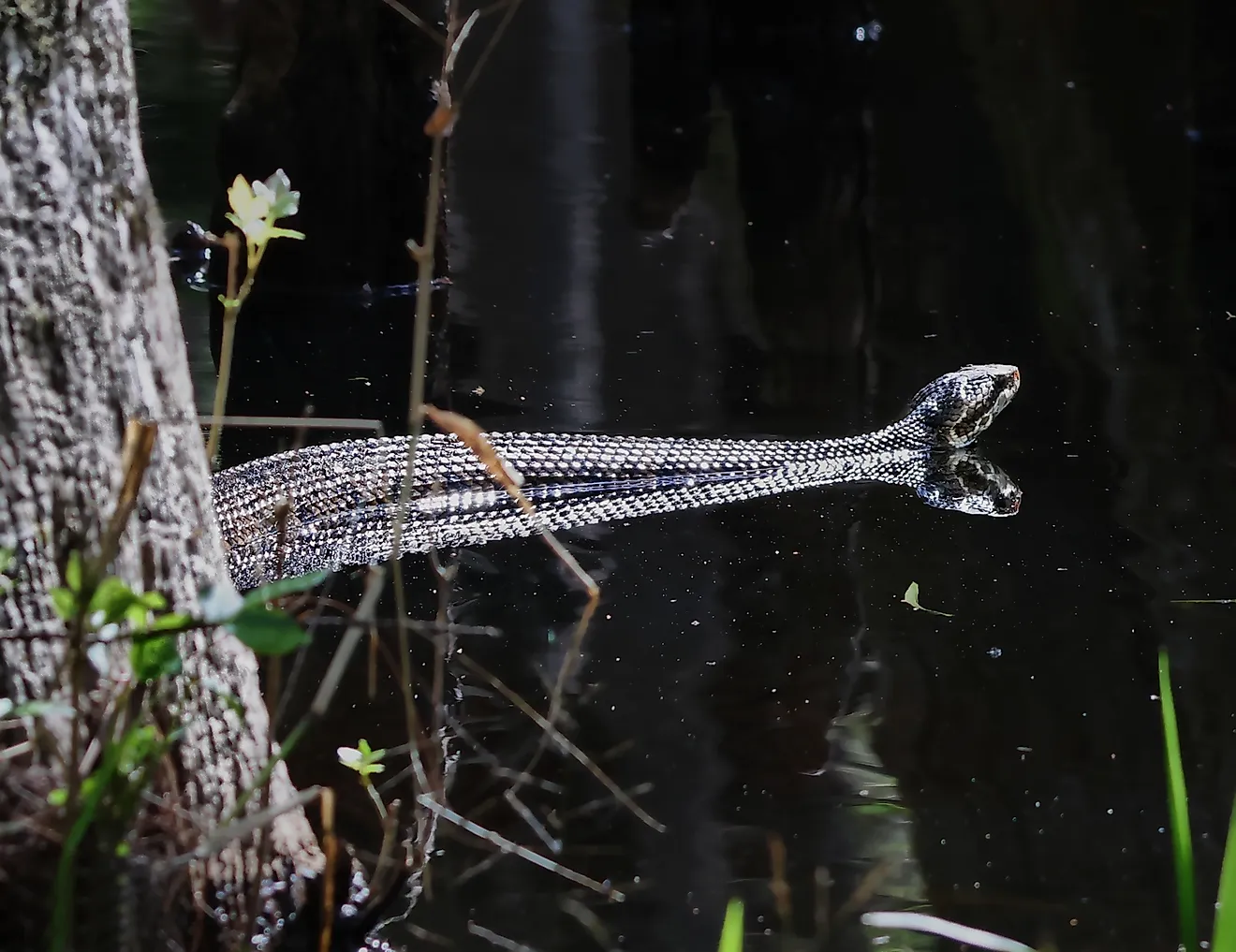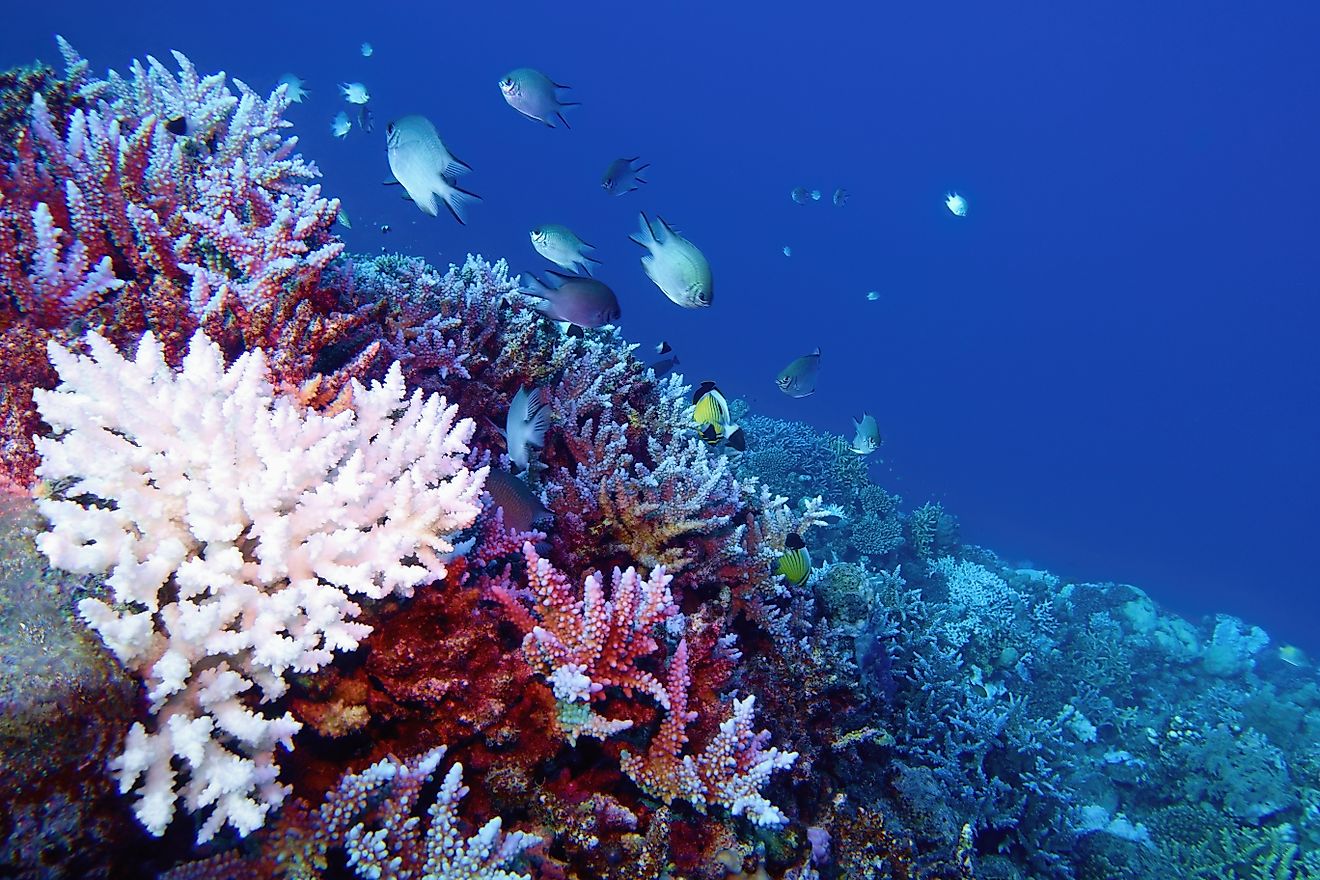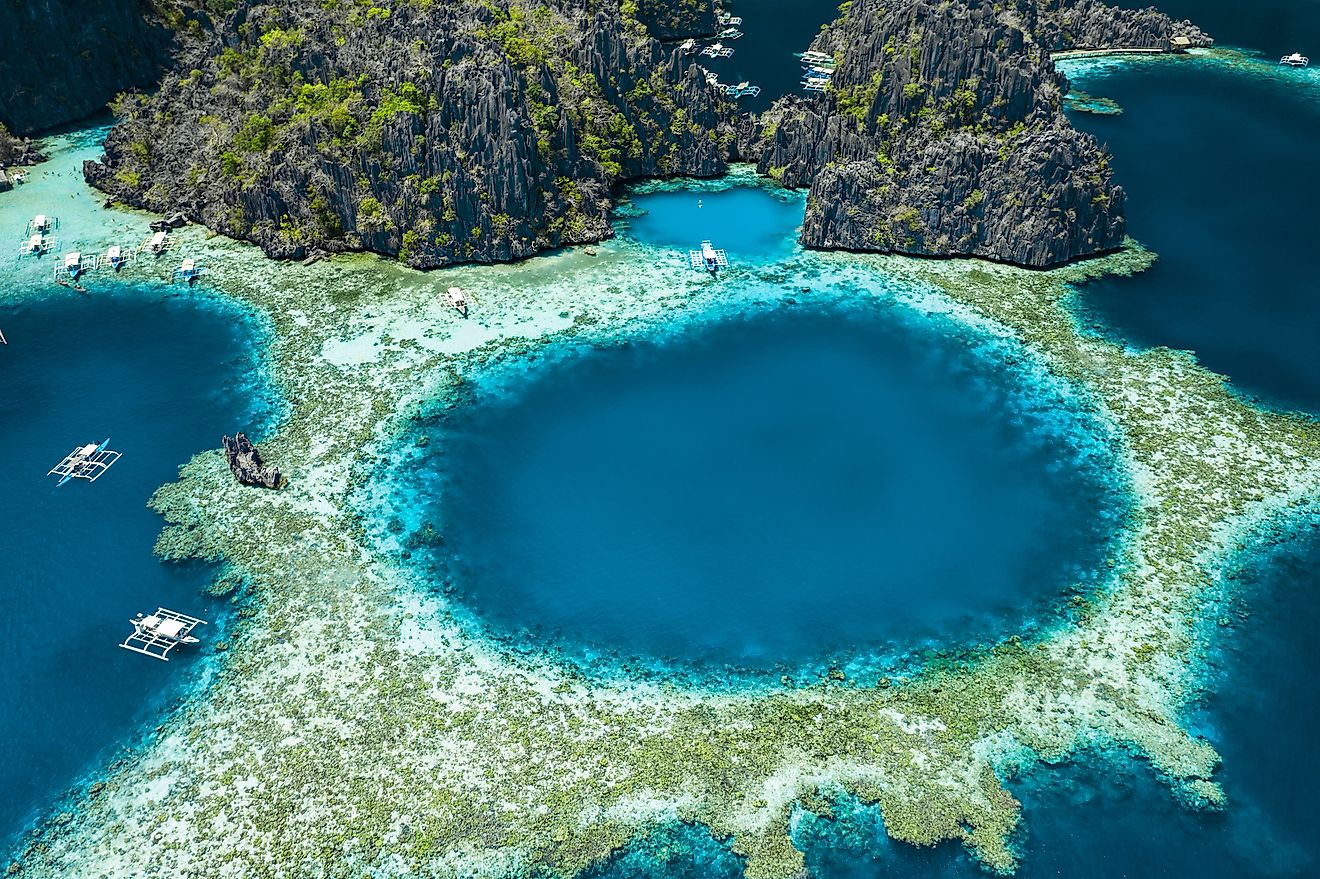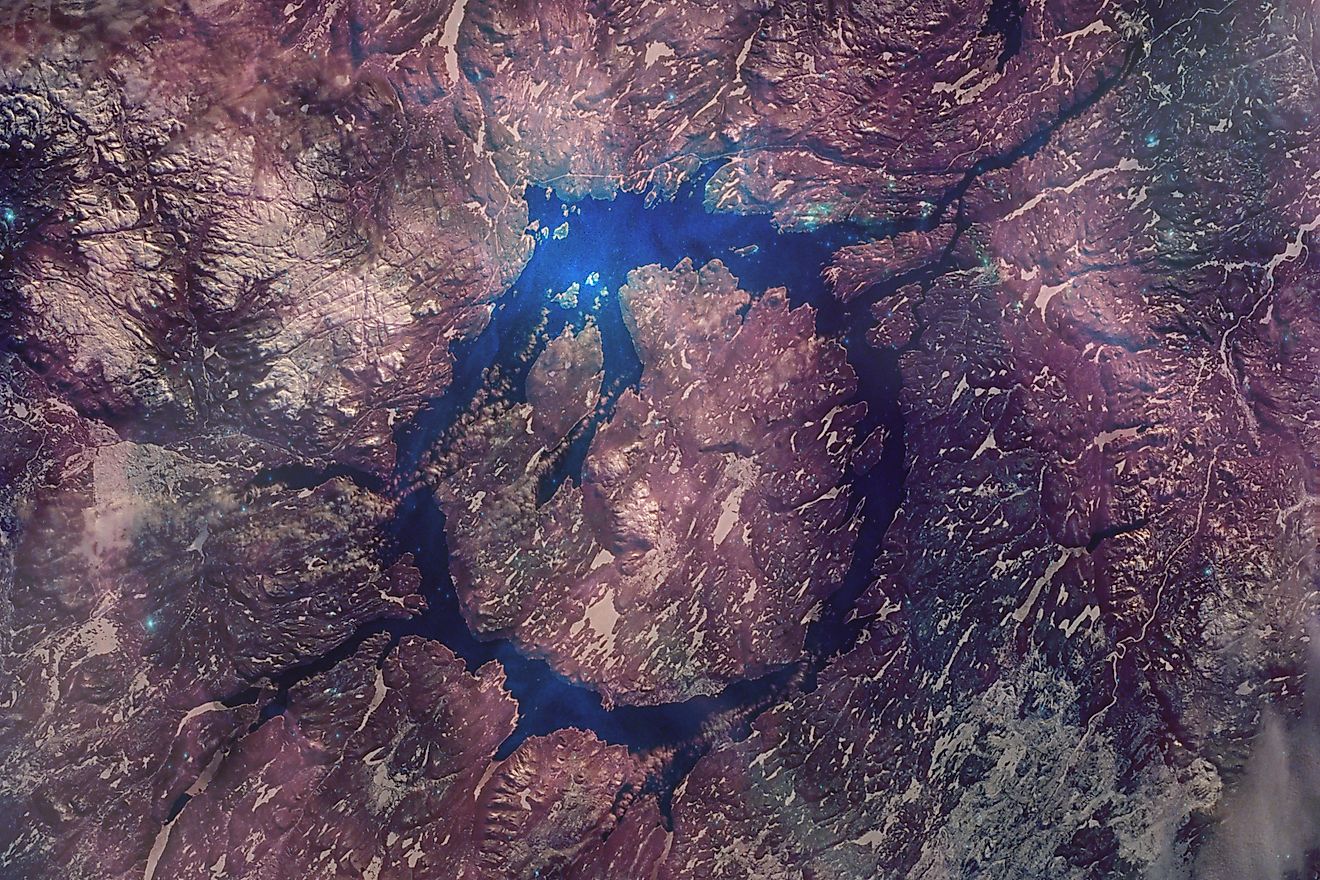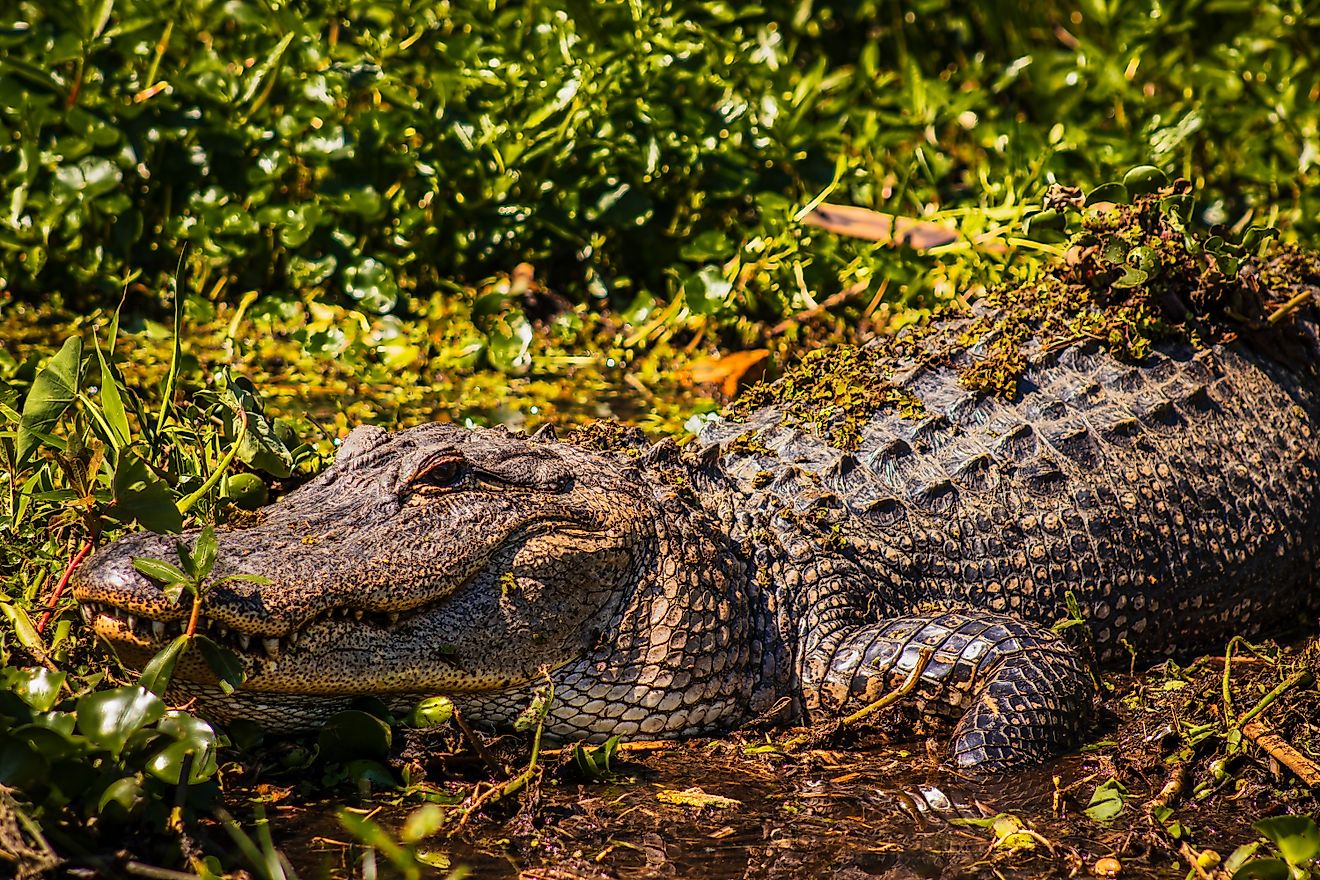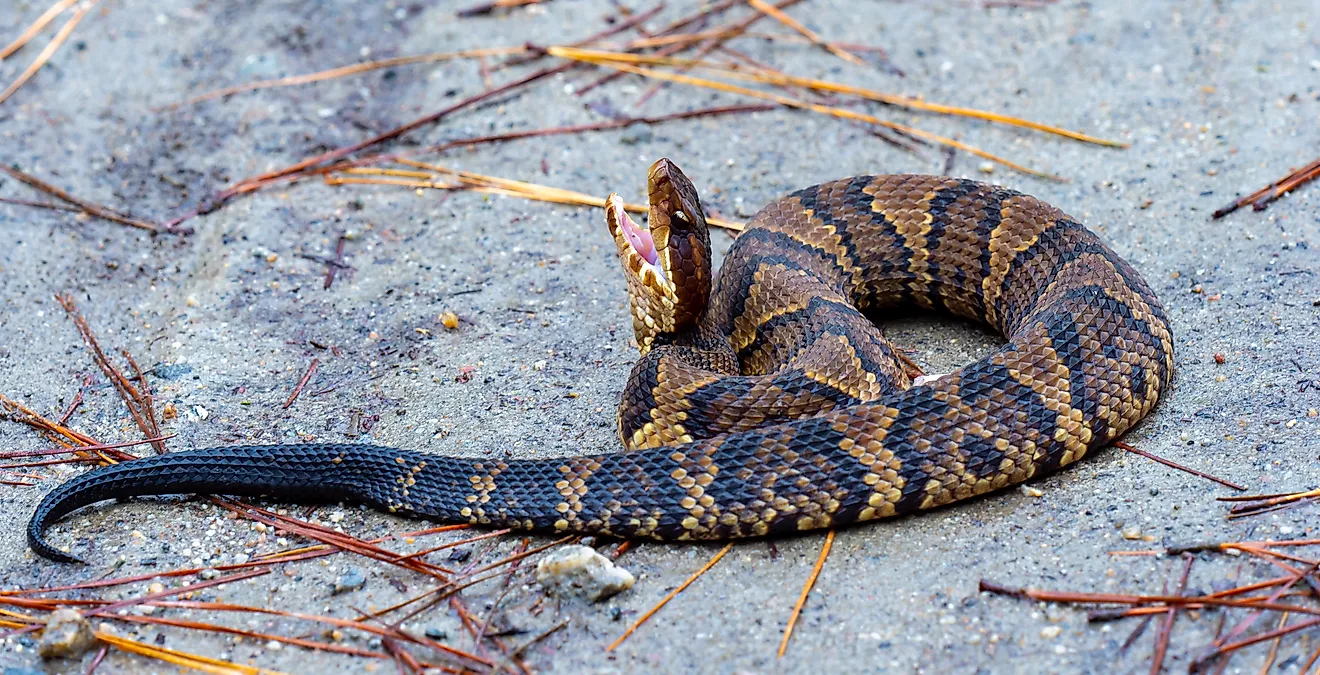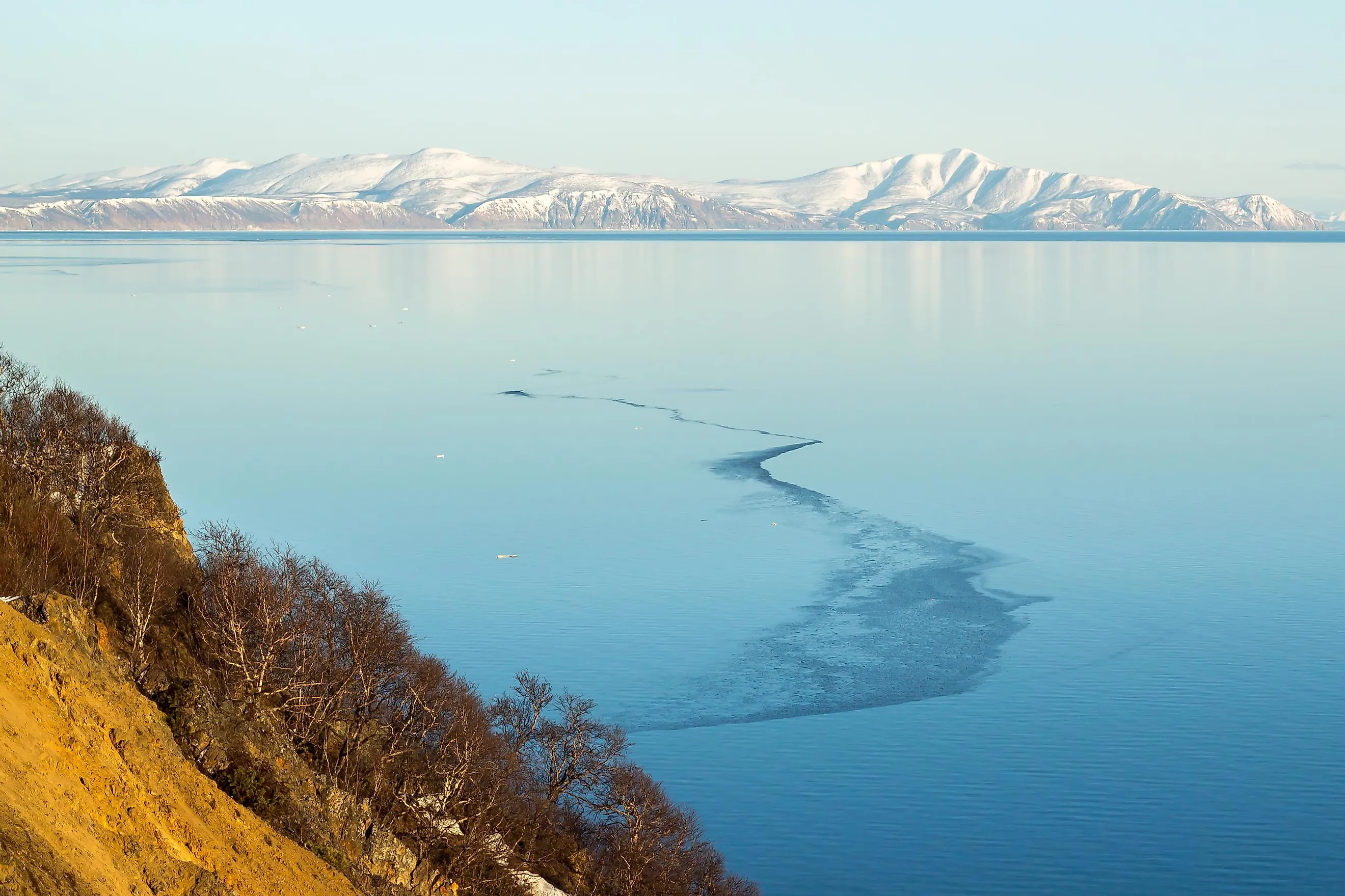
Sea of Okhotsk
Covering an area of about 165,250,000 km2 and with an average depth of 4,280 m, the Pacific Ocean is the world’s largest and the deepest ocean. This ocean also comprises several marginal seas. A marginal sea may be defined as a division of an ocean that is partially surrounded by archipelagos, islands, or peninsulas and is generally much shallower than the open oceans. Covering an area of 1,583,000 km2, the Sea of Okhotsk is a marginal sea of the Western Pacific Ocean. The sea has been named after Okhotsk, the earliest principal Russian settlement in the Far East.
Where Is The Sea Of Okhotsk?
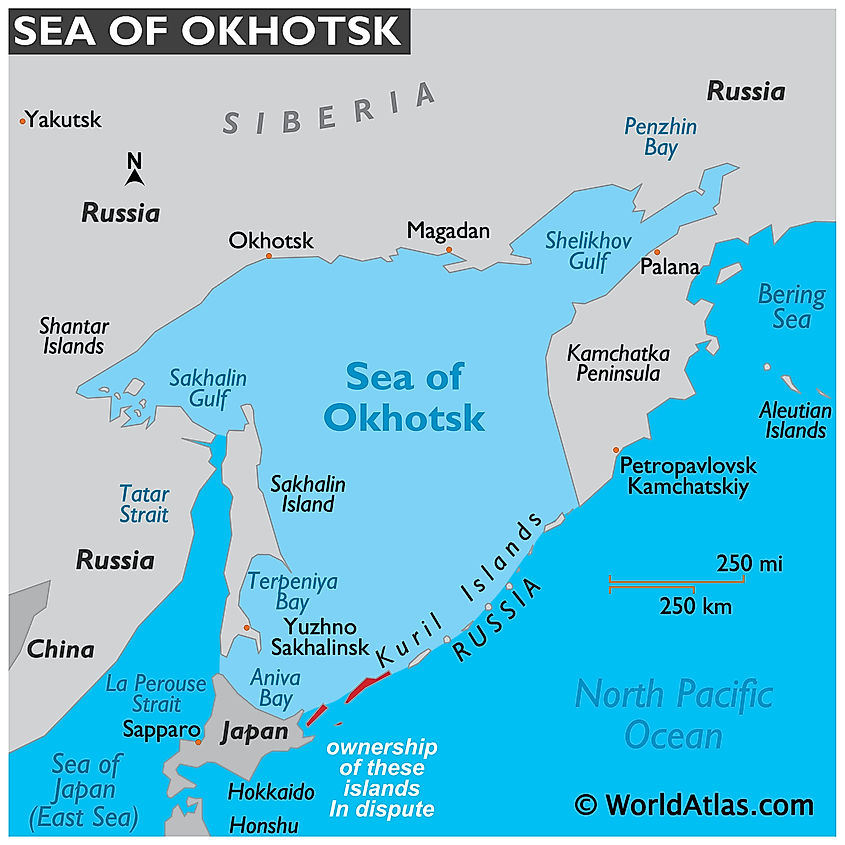
The Sea of Okhotsk is surrounded by the Kamchatka Peninsula of Russia in the east; by the Kuril Islands in the southeast; Japan's Hokkaido island in the south-southwest; Sakhalin Island (Russia) in the southwest; and by the east coast of Russia in the north and west. On either side of Sakhalin Island, the Sea of Okhotsk is connected with the Sea of Japan via the La Pérouse Strait in the south and via the Gulf of Tartary and the Sakhalin Gulf in the west.
Geography
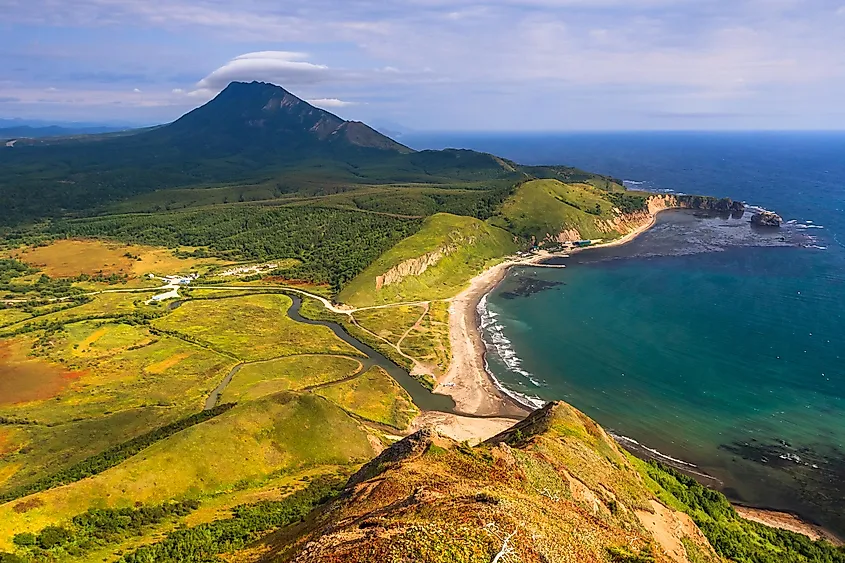
The Sea of Okhotsk’s maximum depth is about 3,372 m at its deepest point, while its estimated average depth is about 859 m. The continental shores along the Sea of Okhotsk are relatively high and rocky and are dissected by many large rivers. Some of these significant rivers include Amur, Gizhiga, Okhota, Penzhina, Tugur, and Uda rivers. A huge amount of freshwater outflow from the Amur River drains into the Sea of Okhotsk and lowers the salinity levels, leading to the formation of ice floes which in turn hamper navigation in the seawater during the winter months.
There are several large islands in the Sea of Okhotsk. These include Hokkaido Island, which is the second-largest island in Japan, and Sakhalin Island, which is the largest island in Russia. Most of the islands of the Sea of Okhotsk, namely the islands of Shantar, Spafaryev, Tyuleny, Yam, and Zavyalov are located near the seashores in the coastal regions. Ion Island is the only island that is situated in the open sea. These uninhabited islands serve as ideal breeding sites for the various aquatic fauna.
Climate
The Sea of Okhotsk is considered to be one of the coldest seas in entire Eastern Asia. Due to its proximity to the Asian continent, the northern and western portions of the sea face extreme climatic conditions during the winter season. The southern part of the sea, which is situated close to the Pacific Ocean, experiences a relatively mild marine climate. The warm waters carried by the Pacific currents into the Sea of Okhotsk make the eastern parts of the sea comparatively warmer than the sea’s western portions. January and February are the coldest months while July and August are the warmer months in the sea.
Wildlife
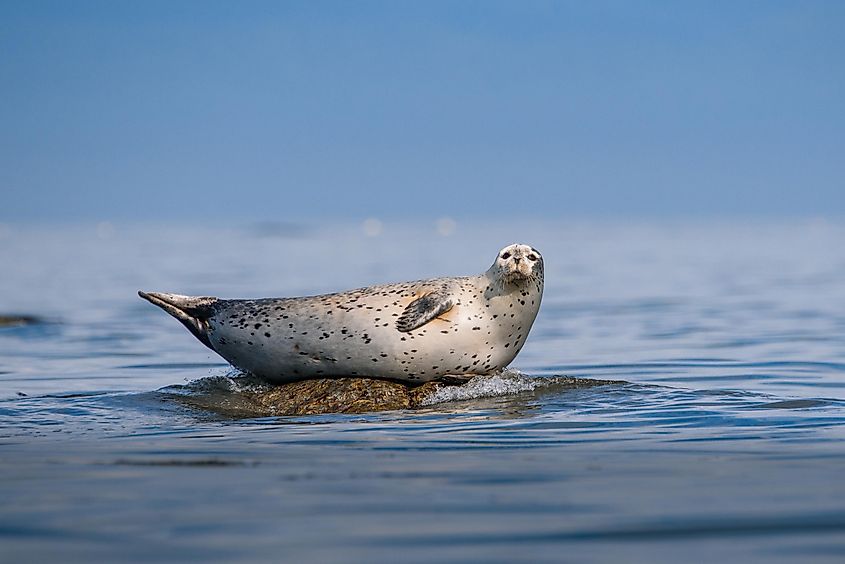
Among all the seas in the world, the Sea of Okhotsk is considered to be one of the richest seas in terms of biological productivity. The aquatic flora in the sea is represented by algae and seaweeds. Some of the commercially important fish that are found in the sea include cod, capelin, flounder, herring, pollack, salmon, and smelts. In addition to this, various crabs, shrimp, crayfish, sea mussels, sea urchins, and polyps are also found. Marine mammals like the Northern fur seal, sea lions, porpoises, seals and whales are also found in the Sea of Okhotsk. Numerous seabirds like the crested auklets, murres, puffins, and Steller’s sea eagle use the uninhabited islands of the sea as breeding grounds.
Economy
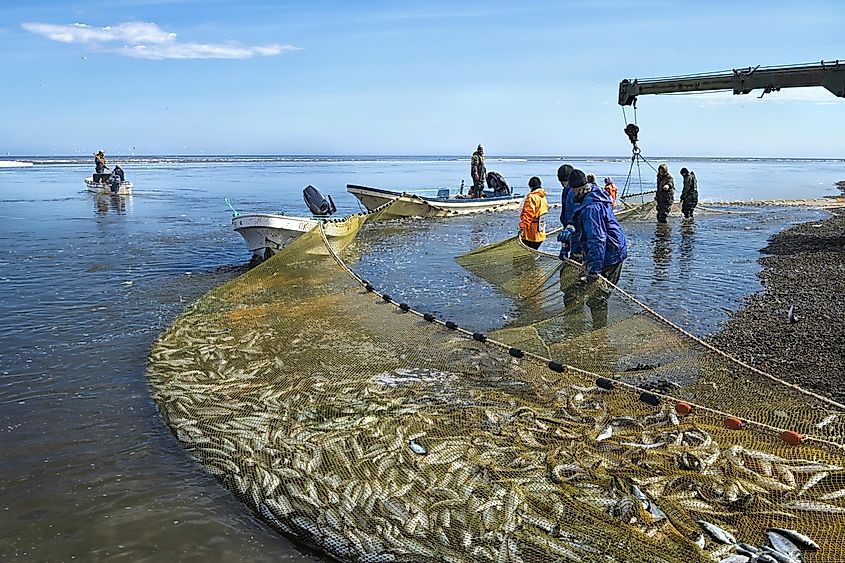
The major seaports along the Sea of Okhotsk include the Russian ports of Magadan and Palana and the Japanese ports of Abashiri, Monbetsu, and Wakkanai. Large deposits of petroleum and natural gas have recently been discovered in the northern parts of the Sea of Okhotsk. The entire Sea of Okhotsk region thus plays a critical role in the economic development of the eastern part of Russia.
